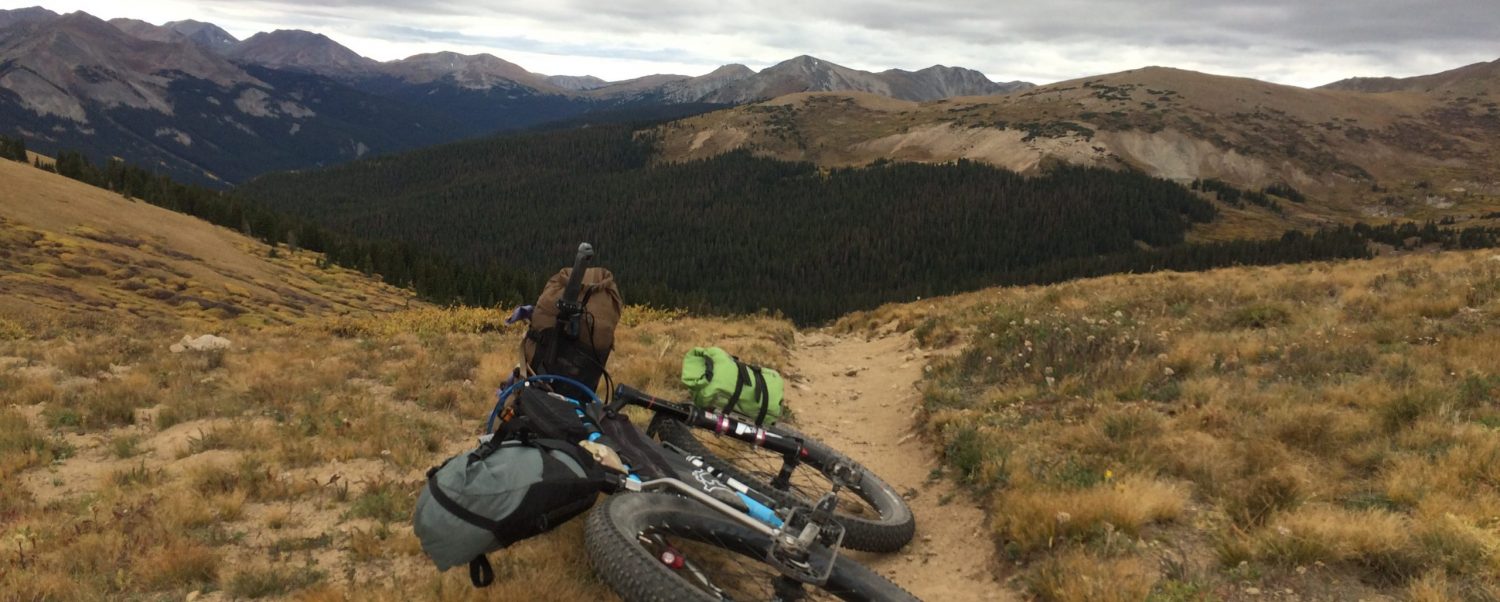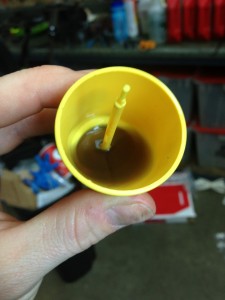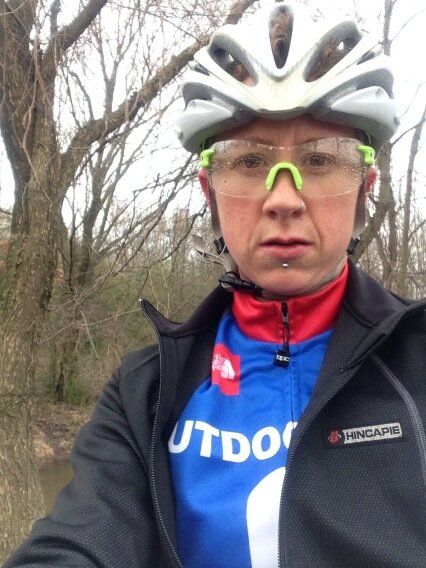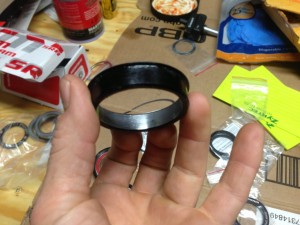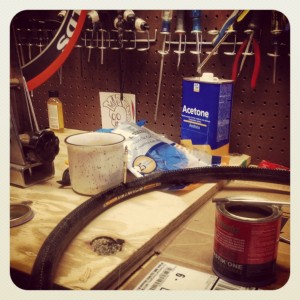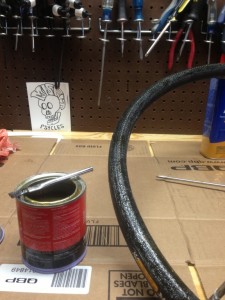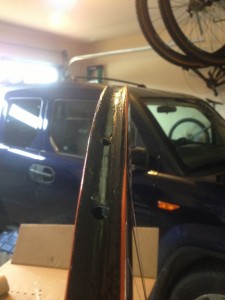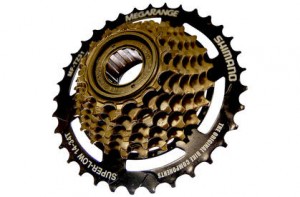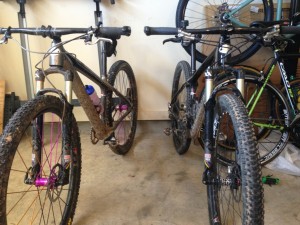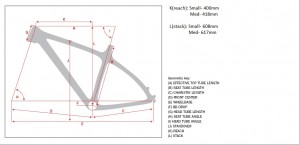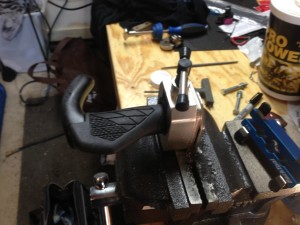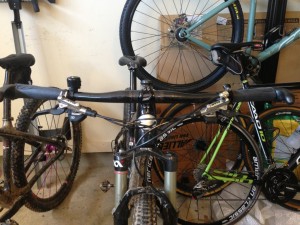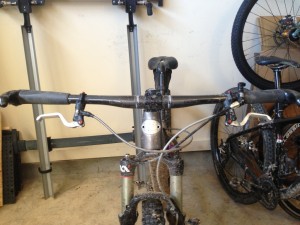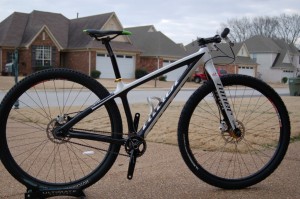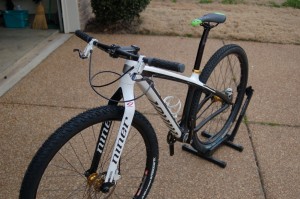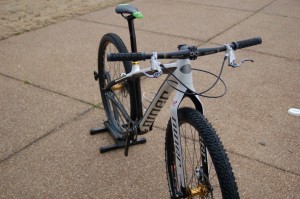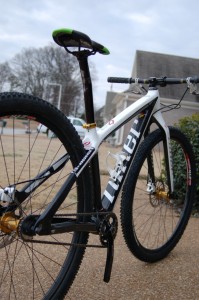A BUNCH of people have asked me why I haven’t been on my fancy roadbike that I talked so much about last Fall. Well, it’s not often that I post anything on my blog that’s not 99% complementary of a company or their equipment, but, as I’m sitting here, waiting for a bike part that will hopefully allow me to ride my road bike after NOT being able to ride it for more than 3 months, I feel compelled to tell this story. Hopefully it will keep me from having to re-tell it because someone asks, “What ever happened to that Supersix??”
As you might recall, I received my Cannondale SuperSix EVO (women’s edition) back in October. If you’ve forgotten/missed it, here’s a link: http://www.brickhouseracing.com/?p=4861
There was something I didn’t mention in that post.- When I first assembled it, the bottom bracket bearings (ceramic bearing, Pressfit 30) seemed to have some drag to them. I shrugged it off as new bearing drag and went about my business. However, in the back of my head, I couldn’t help but feel like I was working harder than I should have been.
The super fancy Cannondale PF30 bottom bracket:
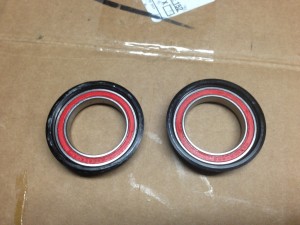
Fast forward a couple of weeks. I was giving my bike a little once-over and, as I spun the cranks, felt the same (maybe worse) drag on the bearings. I remove the crank and confirm with my finger that yes, the bearings are NOT spinning well at all. In fact, one of them is SO bound up that instead of it spinning with the crank, the crank spun inside of it, scoring the spindle…
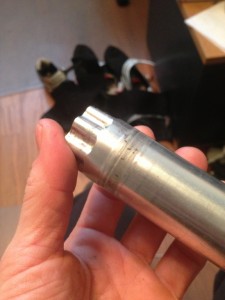
I take the bottom bracket out… suddenly, the bearings spin like a champ. Press the bottom bracket back in… bearings bind up. Obviously, the frame is out of tolerance, right?
I call Cannondale and leave a message w/tech. Eventually, someone calls back. He says it’s a bottom bracket problem, and says they’ll send out a new one as well as a new spindle to replace the damaged one. A few days later, the warranty parts arrive, only, it’s not a bottom bracket and spindle in the box, it’s an under-the-bottom-bracket cable guide and a spindle. I call back and get the bottom bracket headed my way.
Two days later, it arrives. It’s a plastic-cup/steel bearing SRAM PF30 bottom bracket. Not really what came in my bike, but, whatever, I’ll try it. It just so happens that Steve, our Cannondale rep, was at the shop when I finally had the time to install it. I press it in, and, whaddayaknow… bearings bind up. Not only do they bind up, but the drive side cup/bearing gets stuck in the frame. Like, REAL stuck- Steve, who could easily pass for a lumberjack from shoulder to fingertip, took some scary hard swings at it with the hammer, and it wouldn’t budge. He contacts the mothership and confirms that, yes, this is a problem with my frame, and not the bottom bracket.
What I heard next made me sad. Being the new, hot thing, I wouldn’t be able to get a replacement frame until the end of December. I decide I’ll make lemonade out of those lemons and go into full-on cyclocross training, riding a CX bike instead of a road bike for every minute of my pre-worlds training (outside of MTB rides, of course).
Fast forward again. My frame is supposed to be delivered while I’m at Worlds. It isn’t. My frame arrives February 8th. No idea why, but that’s when it got here. I’m stoked, so I take it home and start putting it all together. I press the bottom bracket in, and, the bearings bind up. Again. Just like the first frame. I call Joel, the bike shop manager/buyer from Outdoors and let him know that I’m boxing BOTH frames up to get shipped back to Cannondale. He talks to Cannondale, and they finally fess up…
Those frames are out of tolerance. It’s all of them. To fix this, they’ve manufactured new cups to fit into the out-of-tolerance frames. The cups are machined to accept a BB30 bearing without causing it to bind up, and they’ll ship a set to me. At this point, I’m getting mad. I’d been waiting since October for a new frame, and, in the meantime, they had a part that could have possibly made my old frame useable (if we could somehow remove the stuck PF30 cup from the driveside).
A few days later, I get the part. It’s a new set of cups (like the black ones that hold the bearings pictured above, but supposedly sized to not cause binding) and steel BB30 bearings. In my frustrated state, I call Joel back and tell him to contact Cannondale and kindly ask them to send a set of ceramic bearings, like the ones that originally came with my frame. He was happy to do so, and called me back a few minutes later with another report from Cannondale. In the 3 days since they’d last talked, they made a DIFFERENT set of cups for the EVO frame that supposedly work even better, and they’ll come with ceramic bearings, so DON’T use the kit I just got, wait for them to send a different one out!
So, that’s where I am now. They said that Wednesday, they’d get overnighted to the shop. It’s 3:20, and it hasn’t shown up yet. My bike lays in wait…
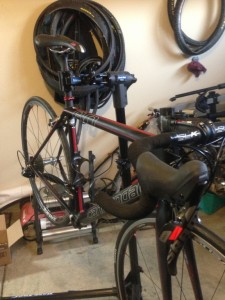
Several people have asked, “Why don’t you throw a fit and get a frame that doesn’t need a proprietary part?” Well, the redeeming thing right now is that Cannondale offers a lifetime warranty on their frames. They stand behind it. We warrantied an early ’90s Raven MTB when I was at the shop. Of course, they didn’t have one of those as a replacement, but they sold the guy a Carbon Scalpel 29er at essentially an Employee Purchase cost. So, in the future, if the custom-cup thing doesn’t work out, I have faith that they’ll take care of me. Hopefully, though, this is the last you’ll ever hear about it.
